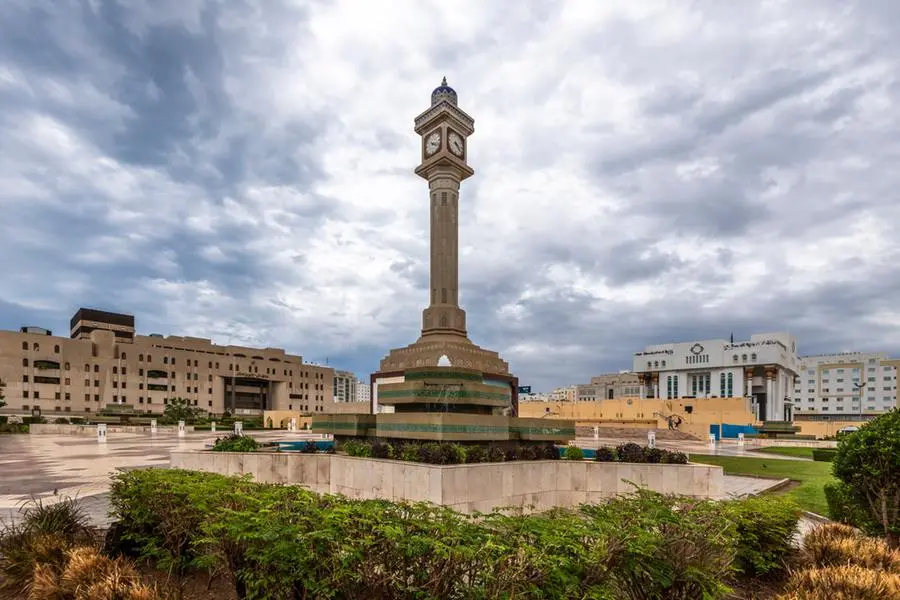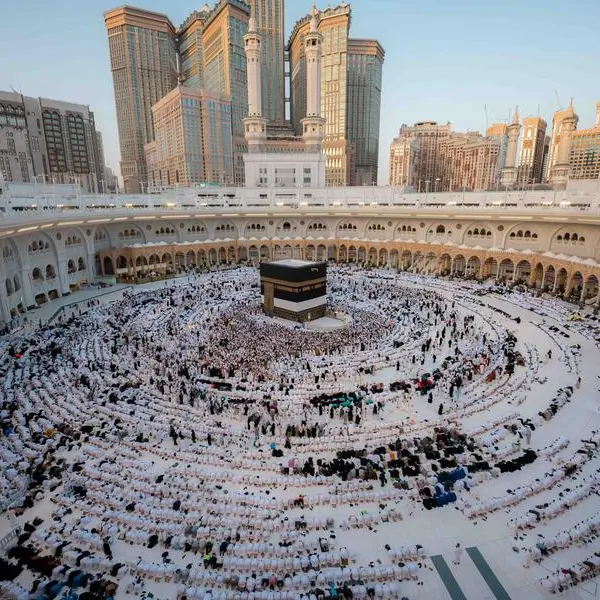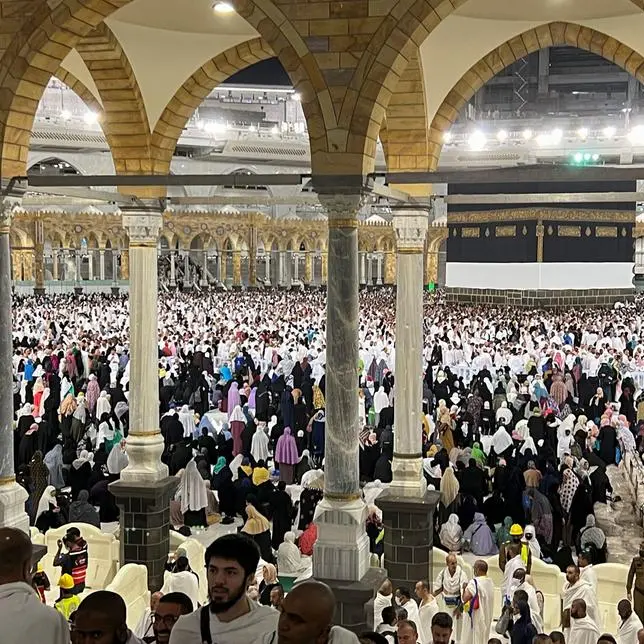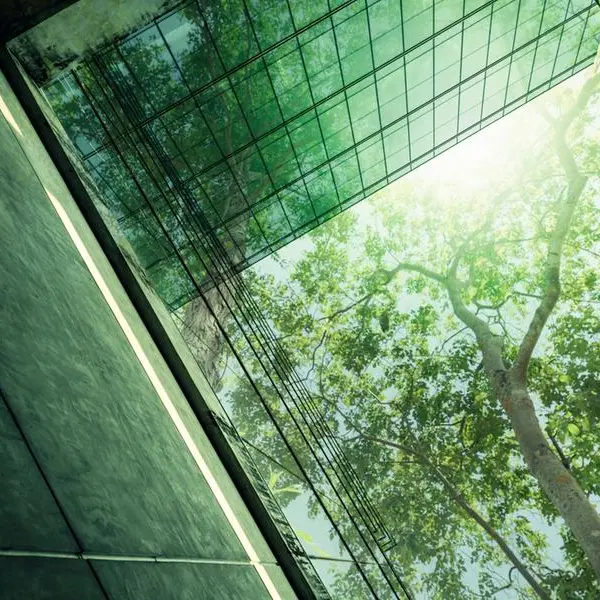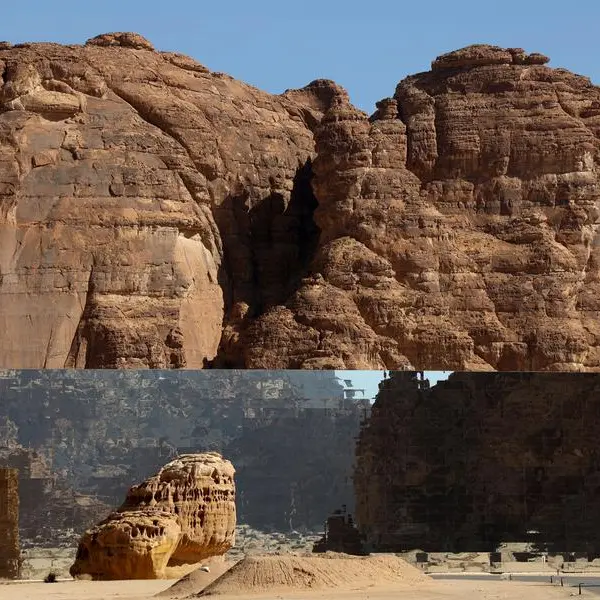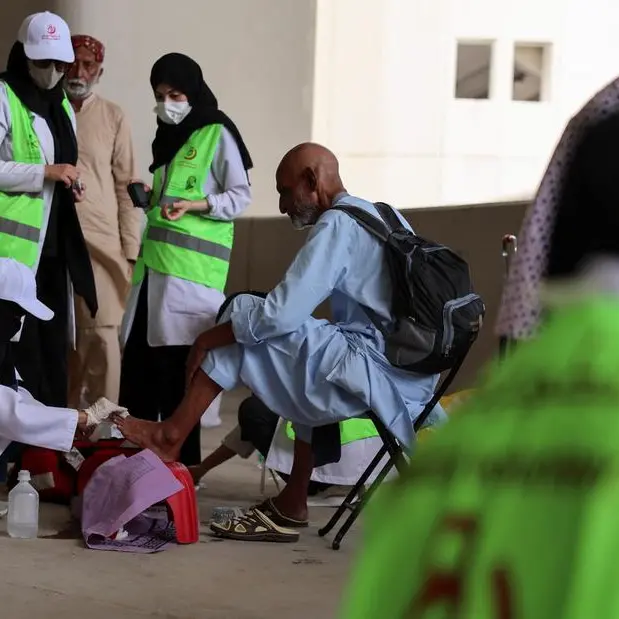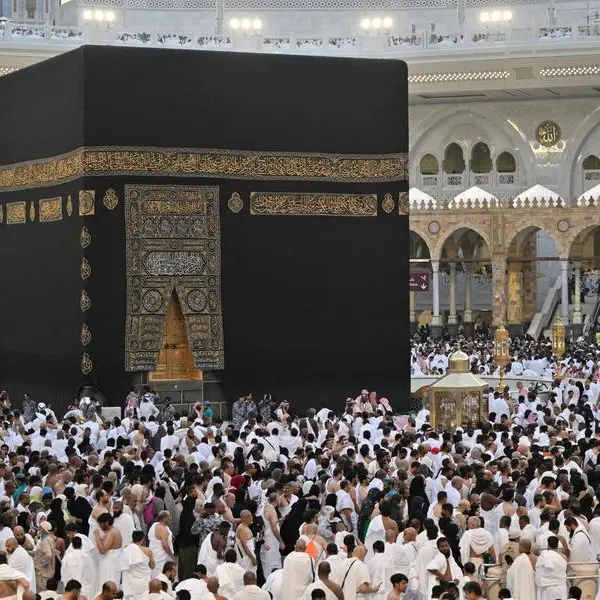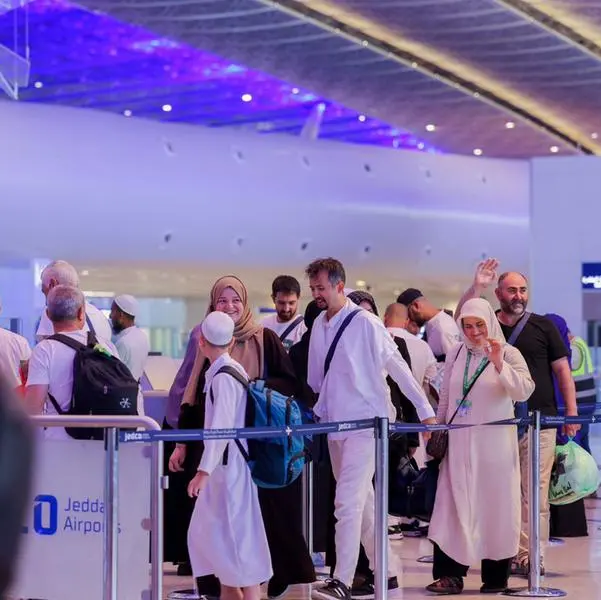PHOTO
The Ruwi Clock Tower is located in a spacious park in the Ruwi district of the city of Muscat. Getty Images
Over three decades after its installation, the Ruwi Clock Tower and its precinct is currently undergoing a face-lift. The renovation works are expected to be complete well before the upcoming 55th National Day (November 18)
The most recognisable icon of downtown Muscat – the Ruwi Clock Tower – is currently undergoing a facelift after faithfully telling the time to people in the capital for the past 33 years. In fact, the clock is yet going strong.
Installed during the fleeting years of the last century of the second millennium, in 1991, this towering edifice had been the focal point of all socialising activity in the evenings during the early 90s when families as well as bachelors flocked to this spruced up precinct to unwind and spend a few hours of leisure.
Locals as well as old-time expatriates, who had started their journey in Muscat as youngsters then, will remember the host of cultural programmes conducted at this location as well as the weekend film shows screened on the walls of the main edifice of the clock tower to offer people some entertainment since only few had satellite television to their disposal.
Over the years, this modern clock tower, opposite Muscat’s Chamber of Commerce, has become one of the key landmarks of Ruwi, providing great photo opportunities for tourists as well as citizens/residents. It is surrounded by a pleasing spread of lawns as well as tiled sections, accompanied by fountains, that provides a soothing ambience and ample space for people to relax.
The eight beautiful mosaic tile scenes on the four sides of this clock tower – four on the outer walls and four on the inner walls are considered masterpieces, depicting scenes from Oman’s dynamic and colourful history. The 50m tall tower has four clocks on all sides, adorned with magnificent motifs and mosaics.
It must be noted that Ruwi was initially a small fishing village and later became home to the Central Business District. The current location of the clock tower is adjacent to what was earlier Bait Al Falaj Airport, the first airport in Oman, fitted with limited equipment and facilities to serve as a civilian airport.
During the 20th century, Ruwi continued to develop, and several modern amenities were added to the neighbourhood while the clock tower remained as the tallest edifice, an icon that heralded the sultanate’s great developmental strides.
Sources at Al Hajiry Trading Co, which is carrying out the renovation works, informed that refurbishment/repairs of fountains have been undertaken at eight locations in Muscat, under the supervision of Muscat Municipality. These include one each at Bait al Baraka roundabout, Seeb Palace roundabout, the dancing fountains at Riyam, two Khanjar fountains at the Ministries district, one at Al Sarooj (Qurm), one at Al Bustan roundabout as well as those at the three horse installations at the entrance leading to Al Bustan palace hotel.
As for the clock tower precinct, besides repairing and retiling the fountains, the project includes civil works like plastering of the tower structure as well as enhancing the lighting (for all fountains). The clock tower as well as the fountain repairs at all the mentioned locations will be ready before the upcoming National Day in November, the sources said.
Malik al Hinai, a prominent citizen and former director of Bait al Baranda said, “Iconic structures are essential in any city, as it sets the tone of the area and era. The Ruwi clock tower is such, as it was erected during the modern time. It’s piazza, is just across the Central Business District, where bank head offices and commercial offices were once located.
“In the 70s and 80s, roundabouts and intersections defined the town, and placing structures was required to denote where you were. Oman didn’t have road markings nor proper addresses. Hence, one described where they were or where to go by stating landmarks. This particular piazza hosted events such as Ramadan iftars as well as outdoor events for the community, a place to relax.
“Clock towers in any city not only mark a time and beautification of the area, but it defines progress and future. Renovating and refurbishment of this tower is a welcome gesture, suggesting continuity.”
Muneer Manubhai Toprani, a businessman residing at Old Muscat and hailing from one of the oldest ‘Banyan family’ in Oman, suggested that the facilities at the clock tower need to be improved with better seating, more lighting, reviving the old TV screens to air cultural/sports programmes, besides bringing the old CBD area, which now appears dead in the evenings, back to life. He also felt there was need to give a face lift to Muttrah corniche, Muttrah Souq, Riyam Park, Al Inshrah Bay and Kalbooh Park, as well.
Some members of a Transformation Forum for intellectual professionals in Oman also suggested that the entire clock tower precinct needs to be spruced up to beckon visitors as it appears deserted every evening for many reasons. Others suggested providing flowerbeds and more trees, benches with shade, cafes, kid’s play area as well as providing a bus-stop to ferry people from other parts of the city.
The Ruwi Clock Tower stands as an iconic landmark in Muscat, cherished not only for its architectural significance but also for its role as a gathering place for the community. It’s a location where families, friends, and visitors can unwind, whether through evening walks, playing with children, or simply enjoying the tranquility amidst the city’s hustle.
Ali al Barwani, a prominent businessman and former chief of the Oman Road Safety Association, said, “Considering the memories that many visitors carry along the years, it’s clear for me that the Ruwi Clock Tower is valued for its space and the opportunities it provides for relaxation and family time. However, I shall also highlight a few areas where improvements could enhance the experience further.
“One suggestion is the addition of shaded areas or cooling stations to make the space around the tower more comfortable during the daytime. Another potential enhancement could be the development of more facilities for children, such as play areas or interactive installations that align with the historical and cultural significance of the tower. Lastly, improving accessibility and providing a variety of amenities like cafes/eateries, could encourage longer stays and make the location a more appealing destination for both locals and tourists.
“Overall, the renovation of the Ruwi Clock Tower presents a wonderful opportunity to not only restore this beloved landmark but also to enhance its appeal and functionality, ensuring it remains a vibrant and integral part of Muscat’s community life.”
© Apex Press and Publishing Provided by SyndiGate Media Inc. (Syndigate.info).
